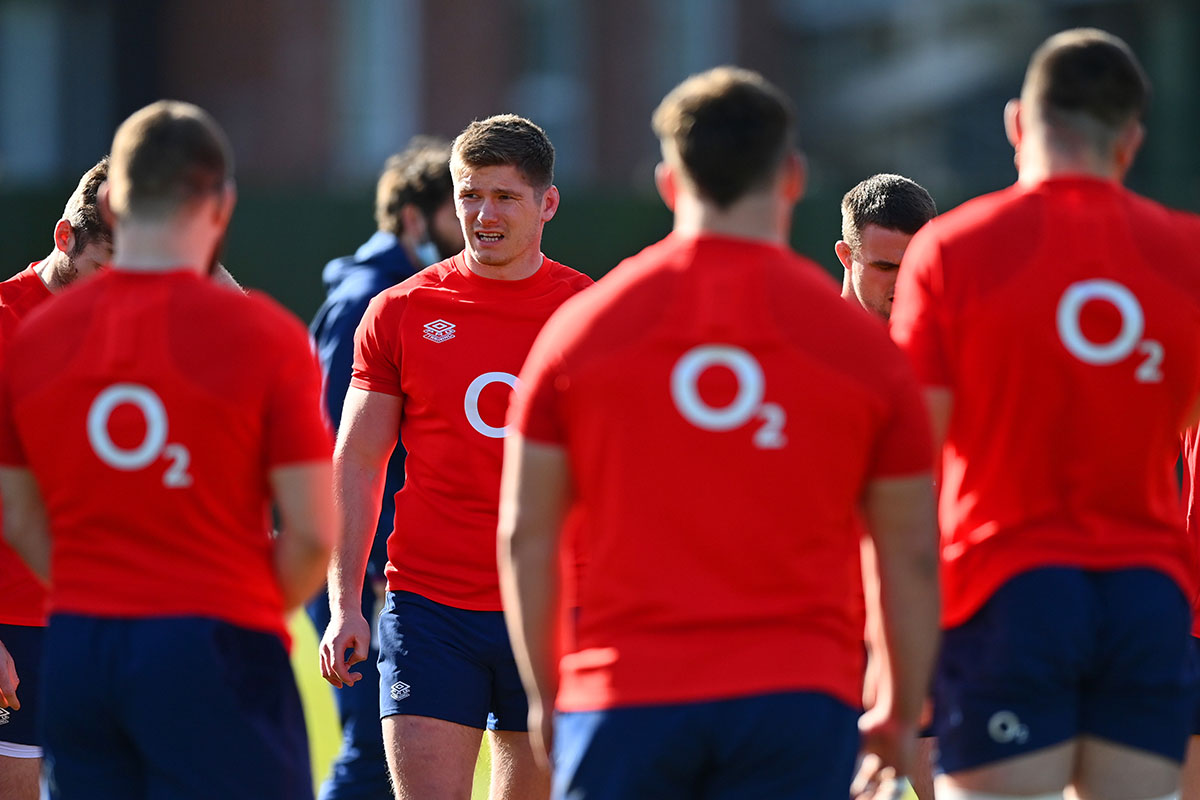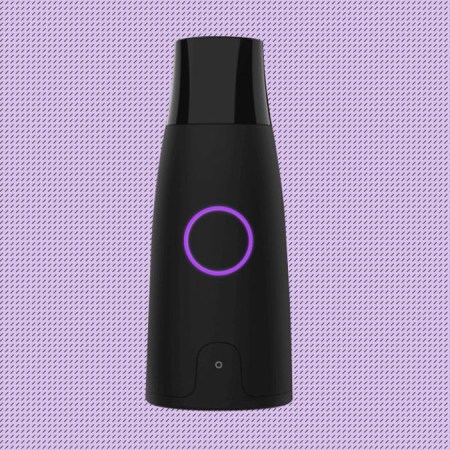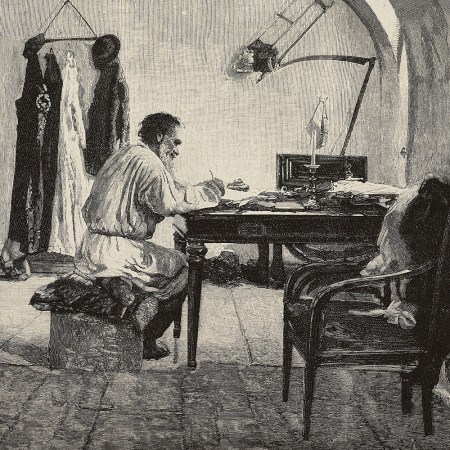When most of us imagine a rugby training regimen, we picture 50-pound dumbbells and T-bone steaks. The game is mainly grunts and collisions, right? Players should just build Popeye arms and learn to knock over as many people as possible.
While that’s certainly one element of the sport, teams at rugby’s very highest level — the Six Nations Championship, which kicked off this past weekend — are also fully attuned and receptive to the latest advancements in sports medicine. Late last year, we wrote about some of the training secrets of the All Blacks, New Zealand’s famed team, which includes sessions on Wattbikes, yoga classes and a variety of combat exercises, like bear crawls and bodyweight circuits.
As it turns out, England’s national team has also adopted some voguish practices from performance research. The flashiest stuff does well on Instagram (during January’s training camp, coaches “stress-tested” players with special ops-esque missions on the frigid beaches of Jersey), but the most effective method might be a daily routine going on behind the scenes. It’s called Reflexive Performance Reset, or RPR.
Trainers and coaches have long debated the best way to prep a body for battle, with “dynamic warmups” winning out in recent years. But proponents of RPR argue that it should be the very first step. The method involves activating the body’s “electrical network” (also known as the nervous system) by targeting pressure points with micro-massages.
Speaking to Men’s Health UK, the team’s strength and conditioning coach Tom Tombleson said: “We activate [the body] using pressure points. Once those are primed, we can start to open up, activate and move into bigger ranges of motion … [It’s like] turning the lights and putting the heating on … it’s a bit voodoo, but that’s why the boys like it.”
While this might sound overly technical or complicated, the science is fairly simple. Over time, connective tissue tends to bunch up throughout the body. This can negatively impact elements of physical performance such as range of motion, reaction time, you name it. Which, in turn, makes injury more likely — especially if you’re trying to twist your body on a pitch to avoid the 200-pound behemoth running full tilt at you.
RPR reminds the body that it’s interconnected by opening up tissue throughout the body and allowing electrical signals to travel more quickly (and with better results) from brain to glute, or brain to foot, and so on. The key word in the process’s full name is “reset.” This is a sort of treatment few bodies tend to receive, a performance-minded mix of acupressure and massage that’s rare even for a spa. If you take the time to try it throughout your body, it will leave you feeling lighter and more mobile. Forget representing a rugby national team — RPR could make it easier for you to just climb a flight of stairs.
For a full tutorial of how to execute RPR, check out this video. It’s 15 minutes, but it’s well worth your time. It’ll show you the exact pressure points, from behind the ears to just below the ribcage, that will open up corresponding muscle groups in the body. And importantly, it’ll show you how to do so with only your fingers as tools.
There are instruments that aid with RPR, to be clear. The most mainstream example is probably the PSO-RITE, which opens up the oft-neglected psoas, a deep, lateral muscle that connects both the spine and the pelvis. Before you graduate to the serious stuff, though, take some time to master the pressure points. You’ll pick it up quick. We tend not to give rugby players enough credit, but keep in mind, these guys put their bodies on the line everyday. It’s little wonder they take such good care of them.
Whether you’re looking to get into shape, or just get out of a funk, The Charge has got you covered. Sign up for our new wellness newsletter today.


















